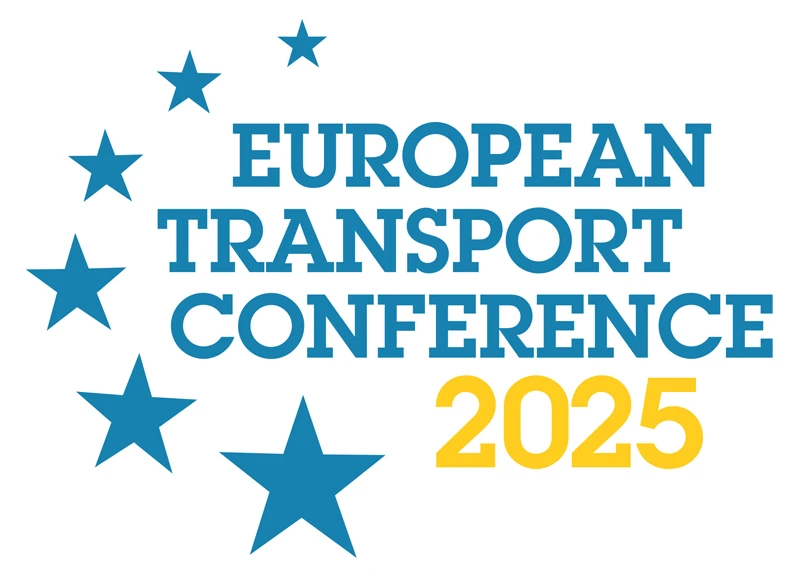-
Past ETC Papers

Browse, search and view papers from the past AET Conferences.
-
Members' Area

AET promotes networking and exchange of ideas, information and opportunities amongst members.
ETC Conference Papers
Conference Past Papers Repository
Towards wider monitoring of Air Quality
Seminar
Day 3 (12 Oct 2018), Session 9, Air Transport and Air Quality, 11:15 - 12:45
Status
Accepted, documents submitted
Submitted by / Abstract owner
M Crotty
Authors
Nithin Padmaprabhu
Waterford Institute of Technology.
Stephen Dowling
Waterford Institute of Technology.
Ryan McCloskey
Waterford Institute of Technology.
Micheal Crotty
Waterford Institute of Technology.
Short abstract
This paper describes a system built as a highly scalable and low cost system that instantaneously collects, cleans and provides real-time feedback on the content of the air and its quality.
Abstract
According to the World Health Organization (WHO 2014), up-to seven million people die
prematurely from health risks every year because of air pollution. The study highlighted
unsustainable transport policies as a key contributor to the poor air quality in the world’s
most crowded cities.
Current monitoring solutions are too big to be portable and too costly to the scalable
(INTEL 2018). This means that air quality measurements are taken from a few places
throughout the city (EPA 2018). However, the limited number of air monitoring units can’t
provide the level of detail necessary to detect pollution at a city block or street level. It
may take several hours to collect the limited air quality reports, thus further diminishing
there usefulness as a basis for remedial actions. Without accurate and timely pollution
reports, very little can be detected and any remedial actions are impossible.
This paper describes a system built as a highly scalable and low cost system that
instantaneously collects, cleans and provides real-time feedback on the content of the air
and its quality. Previous attempts using cheaper commercial sensing devices have had
mixed results (Hill and Barr 2014). Whats novel is the use of a range of sensors for air
quality detection and Internet of Things (IoT) inspired technologies (Raspberry Pi) for
data collection. The sensors collect information on the standard air quality parameters
(EPA 2018; EPA 2018), (Ozone, Sulphur Dioxide, Nitrogen Dioxide and Particulate Matters
at 2.5 μG and 10 μG). In addition, in measures the noise level (Sound Pressure Level) in the
surrounding area as well as the Benzene. All this is aggregated by the intelligent software
that runs in background, in which the sensors’ readings are processed then sent to the
cloud for further archiving and processing. Currently, a real-time visualization facility is
provided via a specific website to display summary graphs of the data in near real time.
This trend is in line with other systems (EdiGreen 2018; Cheng et al. 2014) that also used
the cloud to support further analysis and visualisation. Others have suggested portable
prototypes for "crowd sensing" (Devarakonda et al. 2013; Budde et al. 2013), on vehicle
units (Al-Ali et al. 2010) or fixed custom units such as the EdiGreen (EdiGreen 2018) which
collect less sensor information. Other European research projects have spotted the
commercial potential within smart cities, including BigIoT (BigIoT 2018) using SEAT cars
as mobile sensors in addition to fixed units and Agile IoT’s use of custom Raspberry Pi
shields within EUROTECH units (AgileIoT 2018).
In future we plan to exploit this aspect further to drive more complex machine learning
algorithms with a view to providing actionable city, city block and street suggestions for
remedial action.
Programme committee
Global Trends Impacting Transport
Documents:
Association For
European Transport
Forester House
Doctors Lane
Henley-in-Arden
Warwickshire, UK
B95 5AW
+44 (0) 15 64 793552
VAT number: 710 1866 64
Conference Supporters & Endorsers




Legal Entity
The Association for European Transport is registered as an Association ('vereniging') with the Chamber of Commerce for Haaglanden in The Netherlands under company number 27170096.
Built on Zenario




